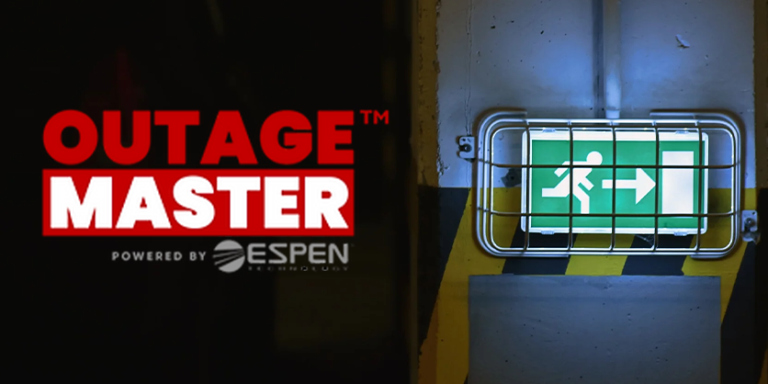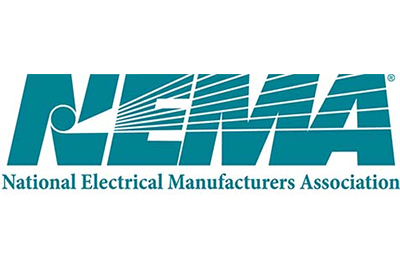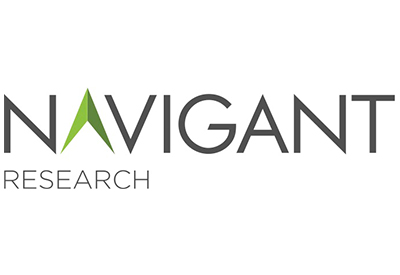Canada Provides ISO 50001 Financial Assistance for Commercial and Institutional Buildings

August 26, 2022
The ISO 50001 Energy Management Systems Standard is an internationally recognized standard that gives organizations a structured framework to improve energy performance by making better use of energy-intensive assets. Organizations that have implemented ISO 50001 in their buildings save energy and money, while reducing greenhouse gas (GHG) emissions and other environmental impacts.
The Honourable Jonathan Wilkinson, Minister of Natural Resources, announced the call for proposals for the Natural Resources Canada ISO 50001 program for commercial and institutional buildings. To help implement ISO 50001 in commercial and institutional buildings in the 2023/2024 and 2024/2025 fiscal years, this program provides financial assistance to organizations such as municipal, provincial, and territorial governments, utilities, industry associations, and Indigenous organizations, among others.
To protect our environment and reduce the impacts of climate change, the Government of Canada has committed to reducing Canada’s total GHG emissions by 40–45 percent below 2005 levels by 2030, and to reaching net zero by 2050. As the buildings sector is the third-largest source of emissions in Canada, prioritizing decarbonization and reducing emissions into the atmosphere is key to meeting our objectives. Making buildings more energy-efficient not only fights climate change, but it also creates good jobs while helping Canadians save on their monthly energy bills. Earlier this week, Minister Wilkinson also announced the public engagement process for the Canada Green Buildings Strategy to mobilize national action to create a net-zero emissions buildings sector by 2050.
The funding will be used to reimburse eligible project costs as follows:
- Eligible for-profit organizations may receive up to 60 percent of eligible costs
- Eligible not-for-profit organizations may receive up to 75 percent of eligible costs
- Maximum of $40,000 per building
- The maximum contribution to an organization or group of affiliates is $200,000 per fiscal year (April 1 to March 31)
The following types of projects may be eligible for financial assistance:
- Feasibility Study
- Feasibility Study with Action Commitment
- ISO 50001 Compliance
- ISO 50001 Certification
The Natural Resources Canada ISO 50001 program for commercial and institutional buildings will help organizations make their facilities more energy-efficient now and for the future. Applications for this call for proposals will be accepted from September 19 to October 21, 2022. To receive an application guide, send them an email.
More information may be found on the program’s website.
Quick facts
- A webinar with details about the ISO 50001 Energy Management Systems Standard program is available now. For access to the recording, email nrcan.buildings-batiments.rncan@canada.ca
- Eligible costs:
- Salaries of internal employees for work specific to the energy management system (EnMS)
- Professional, scientific and technical fees specific to the EnMS
- Fees for data collection, benchmarking, monitoring and analysis services
- Purchase of instrumentation software and metering equipment (other capital costs are ineligible)
- fees associated with obtaining ISO 50001 certification (re-certification or fees associated with re-certification are ineligible)
- Fees associated with training on the EnMS










![Guide to the Canadian Electrical Code, Part 1[i], 26th Edition – A Road Map: Section 10 – Grounding and Bonding](https://electricalindustry.ca/wp-content/uploads/2022/11/Guide-CE-Code-2.png)





